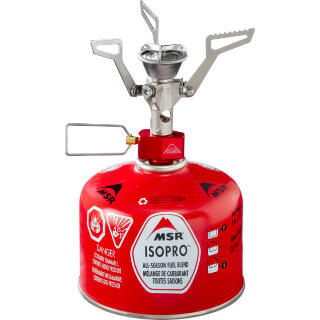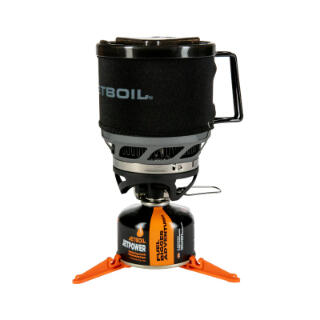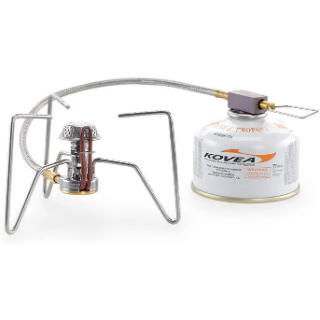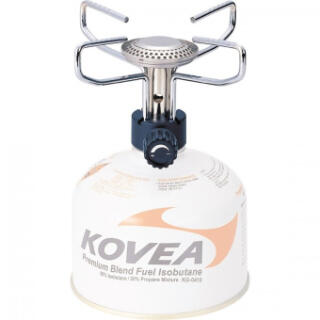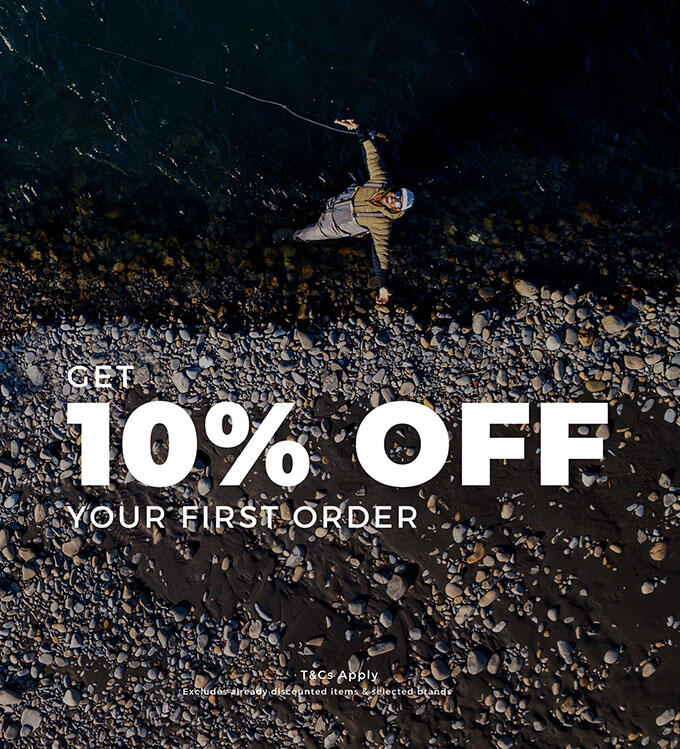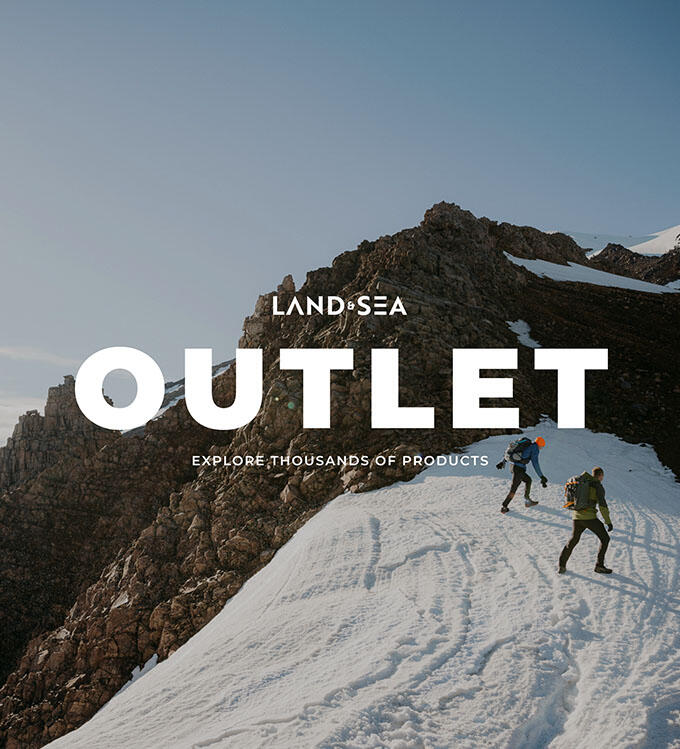The Best Hiking Stoves to Buy from Land & Sea in 2025
There’s nothing like a hot meal or a steaming cuppa to recharge you after a day exploring New Zealand’s wild trails—especially when the wind’s howling or the rain’s coming in sideways. At Land & Sea, we’ve got a stellar lineup of backpacker stoves to keep you fueled up, no matter the conditions. We’ve handpicked five of the best stoves from our 2025 range to suit every kind of adventurer, from ultralight solo trampers to group campers. Let’s fire things up and find the stove that’ll make your 2025 adventures even tastier!
________________________________________
Choosing the Right Backpacking Stove
Choosing the right backpacking stove can be a daunting task, especially for those new to backpacking. With so many options available, it’s essential to consider several factors to ensure you find the perfect stove for your needs. Here are some key considerations to keep in mind:
- Fuel type: Decide whether you prefer a canister stove, liquid fuel stove, or alcohol stove. Each type has its pros and cons, and some are better suited for specific conditions. Canister stoves are convenient and easy to use, making them a popular choice for many backpackers. Liquid fuel stoves, on the other hand, perform well in cold weather and at high altitudes, making them ideal for more extreme conditions. Alcohol stoves are lightweight and simple, but they may not be as efficient or powerful as other options.
- Weight and packability: Consider the weight and size of the stove, as well as its packed size. If you’re an ultralight backpacker, look for stoves that are designed to be compact and lightweight. Every gram counts when you’re carrying your gear over long distances, so opt for a stove that won’t weigh you down.
- Cooking style: Think about how you plan to use your stove. If you only need to boil water, a simple canister stove may be sufficient. However, if you plan to cook complex meals, a liquid fuel stove or integrated canister stove may be a better option. Integrated stove systems often come with pots and other accessories that make cooking more versatile and convenient.
- Weather conditions: If you plan to backpack in windy or cold conditions, look for stoves with wind resistance features, such as windscreens or remote canister designs. These features can significantly improve the stove’s performance in challenging environments, ensuring you can cook efficiently no matter the weather.
________________________________________
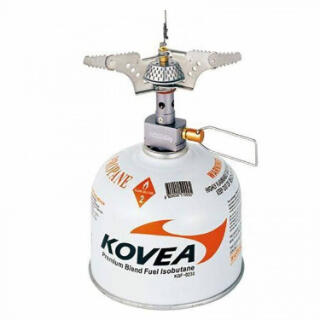
The Kovea Supalite Titanium Stove is a dream for solo trampers who need to keep their pack light without sacrificing performance. Weighing in at just 60g, this ultralight canister stove is made from durable titanium, ensuring it can handle the rigors of NZ’s backcountry while keeping weight to a minimum. Its compact foldable arms make it easy to pack, and the precise flame control lets you go from a rolling boil to a gentle simmer—perfect for cooking a quick dehydrated meal or brewing a morning coffee. It boils 1L of water in about 4 minutes in calm conditions, making it an efficient stove for solo missions. The stove’s low profile offers decent wind resistance, though you’ll want a windshield in exposed spots. For solo adventurers looking for a lightweight, reliable stove in 2025, the Supalite Titanium is a top choice.
• Alternative for Solo Trampers:
The MSR PocketRocket 2 Stove ($129) is another great option for soloists. At 73g, it’s slightly heavier but offers excellent simmer control and boils 1L of water in around 3 minutes 30 seconds. It’s a solid choice for those who prioritize versatility over minimal weight.
________________________________________
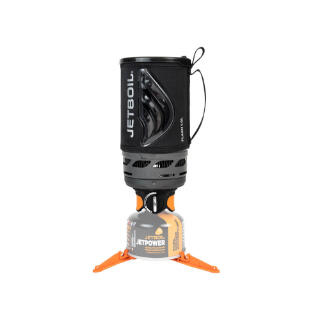
For trampers who want speed and convenience, the Jetboil Flash 1.0L is the ultimate integrated canister stove system. Weighing 371g (stove and pot), this all-in-one setup is designed to boil water fast—1L in just 4 minutes, thanks to its FluxRing heat exchanger that maximizes fuel efficiency. The push-button igniter lights up effortlessly, and the heat-indicating sleeve changes color when your water’s ready, saving you fuel on those long treks. Its integrated design locks the pot to the stove, providing excellent wind resistance for cooking in exposed spots. The 1L pot is ideal for solo or duo meals, and the whole system nests together for easy packing. While it’s best for boiling (simmering isn’t its forte), it’s perfect for dehydrated meals or quick coffee breaks. For those who value speed and simplicity in 2025, the Jetboil Flash is a game-changer.
• Alternative Integrated System:
The Jetboil MiniMo ($389) is a close contender. It’s slightly heavier at 415g but offers better simmer control for cooking, boiling 1L in 4.5 minutes. Its wider pot shape makes it easier to eat directly from, ideal for solo gourmet campers.
________________________________________
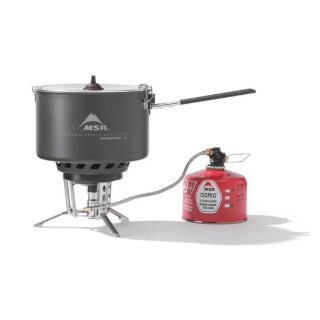
The MSR WindBurner Group Stove System is a powerhouse for family camping trips, designed to handle larger meals with ease. Weighing 590g (stove and pot), this integrated system comes with a 2.5L pot, perfect for cooking for 2-4 people—think hearty stews or pasta for the whole crew after a day exploring Abel Tasman. Its radiant burner technology ensures consistent performance in windy conditions, boiling 1L of water in about 6 minutes, even in gusty spots. The pressure-regulated burner maintains efficiency across a range of temperatures, and the enclosed design offers unmatched wind resistance, making it ideal for exposed campsites. The pot’s ceramic non-stick coating makes cleanup a breeze, a lifesaver when you’re cooking for a group. While it’s on the heavier side, its reliability and capacity make it a top choice for family adventures in 2025.
• Alternative for Families:
The Kovea Spider Stove ($149) is another excellent family option. At 168g, it’s lighter and features a remote canister design for better stability with large pots. It boils 1L in 6 minutes and offers precise flame control though lacks the capacity of the WindBurner Group Stove.
________________________________________
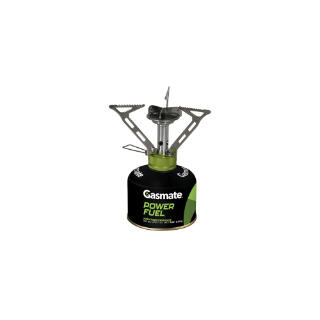
For budget-conscious trampers, the Gasmate Sika Butane Stove offers solid performance at an unbeatable price of $44. Gas stoves like the Gasmate Sika Butane are known for their affordability and efficiency, making them a popular choice for budget-conscious adventurers. Weighing around 103g, this no-frills canister stove is simple to use, with a screw-on design that connects easily to butane canisters. It boils 1L of water in about 3-4 minutes in calm conditions, making it efficient enough for basic needs like boiling water for tea or rehydrating meals. Its foldable pot supports provide decent stability for small to medium pots, and the manual ignition keeps things straightforward—pack a lighter and you’re good to go. While it lacks advanced features like wind resistance or a piezo igniter, it’s a reliable choice for fair-weather trips. For beginners or those on a tight budget in 2025, the Sika Butane Stove gets the job done without breaking the bank.
• Alternative Budget Option:
The Kovea Backpackers Stove ($59) is another affordable pick. At around 190g, it offers slightly better stability and boils 1L in around 5-6 minutes. It’s a great value option for those who want a bit more durability on a budget.
________________________________________
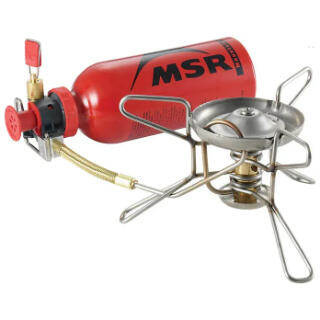
For cold-weather adventures in NZ’s harshest environments, the MSR WhisperLite Stove is a time-tested favorite that delivers unmatched reliability. This liquid fuel stove can also operate using auto fuel, providing versatility for different environments and user needs. Weighing 430g, this liquid fuel stove runs on white gas, which performs exceptionally well in sub-zero temperatures—down to -40°C—where canister stoves often struggle. It boils 1L of water in about 3 minutes 55 seconds with white gas making it efficient for melting snow or cooking in frigid conditions like those in the Southern Alps. The shaker jet technology minimizes maintenance, and its wide pot supports provide excellent stability on uneven, snowy ground. Its adjustable flame control lets you simmer or boil with precision, perfect for cooking hearty meals on winter expeditions. While it requires priming and a bit of setup, its durability and performance in extreme cold make it a top choice for 2025’s alpine trampers.
• Alternative for Cold Weather:
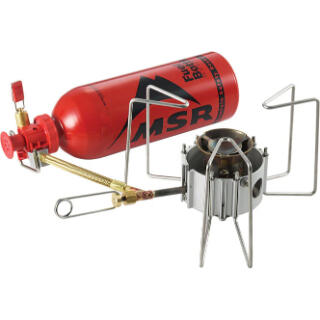
The MSR Dragonfly Multifuel Stove ($499) is another excellent white gas option. At 510g, it’s slightly heavier but offers superior simmer control, boiling 1L in 3 minutes 30 seconds. Its dual-valve design makes it a versatile pick for cooking in extreme conditions.
________________________________________
Key Features to Consider
When evaluating backpacking stoves, consider the following key features:
- Fuel efficiency: Look for stoves with high fuel efficiency, especially if you plan to backpack for extended periods. Efficient stoves use less fuel, which means you can carry fewer fuel canisters or fuel bottles, reducing your overall pack weight.
- Burn time: Consider the burn time of the stove, as well as the amount of fuel it consumes. A stove with a longer burn time will require fewer refuels, making it more convenient for long trips.
- Boil time: Boil time is crucial, it dictates how quickly you can hydrate meals or warm up with a hot drink, saving time and fuel. In NZ’s unpredictable weather, a fast boil time ensures you’re not left waiting in the cold.
- Simmering ability: If you plan to cook complex meals, look for stoves with good simmering ability. This feature allows you to control the flame and cook food more precisely, preventing burning and ensuring even cooking.
- Wind resistance: If you plan to backpack in windy conditions, look for stoves with wind resistance features. Stoves with built-in windscreens or low-profile designs are less affected by wind, making them more reliable in exposed areas.
- Ease of use: Consider the ease of use of the stove, including the ignition system and fuel valve. Stoves with piezo igniters are convenient as they eliminate the need for matches or lighters. Additionally, a well-designed valve allows for precise flame control, making cooking easier and more efficient.
________________________________________
Additional Considerations
In addition to the key features mentioned above, consider the following additional factors:
- Maintenance: Some stoves require more maintenance than others, such as cleaning the fuel valve or replacing the O-ring. Choose a stove that matches your willingness and ability to perform regular maintenance.
- Repairability: Consider the repairability of the stove, including the availability of replacement parts. A stove that can be easily repaired in the field can save you from potential headaches during your trip.
- Cost: Backpacking stoves can range in price from under $20 to over $200, so consider your budget when making a decision. While more expensive stoves often offer better performance and features, there are plenty of budget-friendly options that provide reliable performance for casual backpackers.
Wind Resistance and Windscreens
Wind resistance is an essential consideration when choosing a backpacking stove, especially if you plan to backpack in windy conditions. Here are some tips for choosing a stove with good wind resistance:
- Look for remote canister designs: Remote canister stoves are designed to be more wind-resistant than traditional canister stoves. By separating the fuel canister from the burner, these stoves offer better stability and performance in windy conditions.
- Consider integrated canister stoves: Integrated canister stoves often have built-in windscreens, which can help improve wind resistance. These stoves are designed to work as a cohesive system, providing better protection from the elements.
- Use a windscreen: If you don’t have a stove with built-in wind resistance, consider using a windscreen to improve performance in windy conditions. Windscreens can be easily packed and set up around your stove to shield it from the wind.
- Choose a stove with a low profile: Stoves with a low profile are less susceptible to wind, as they are closer to the ground and have a lower center of gravity. This design helps keep the flame steady and reduces the impact of gusts.
By considering these factors and tips, you can choose a backpacking stove that will perform reliably in various conditions, ensuring you have a hot meal or drink whenever you need it.
________________________________________
Wrap Up
A reliable backpacker stove can transform your outdoor experience, turning a cold, windy night into a warm, satisfying one with a hot meal or drink. Land & Sea’s 2025 range, featuring trusted brands like Kovea, Jetboil, MSR, and Gasmate, has something for every kind of tramper. From ultralight solo setups to family-friendly cookers and winter-ready systems, these stoves are built to tackle NZ’s wild trails with you. Pick yours up now and make your next adventure the tastiest yet!
Frequently asked questions about backpacking stoves
What type of stove is best for New Zealand’s weather conditions?
NZ’s windy and wet conditions favor stoves with strong wind resistance, like the Jetboil Flash or MSR WindBurner Group Stove System. For cold, alpine trips, liquid fuel stoves like the MSR WhisperLite excel, as they perform reliably in sub-zero temperatures.How do I choose between a canister stove and a liquid fuel stove?
Canister stoves (e.g., Kovea Supalite Titanium) are lightweight and easy to use, ideal for solo or fair-weather trips. Liquid fuel stoves (e.g., MSR WhisperLite) are better for cold weather and remote areas, as they work in sub-zero temps and use widely available fuels.How much fuel should I bring for a multi-day hike?
Plan for 50-100g of fuel per person per day, depending on your stove’s efficiency and cooking needs. For example, the Jetboil Flash uses 9-10g to boil 1L, so a 230g canister could boil 23L—enough for 3-4 days for one person.Are backpacker stoves safe to use in windy conditions?
Yes, but choose a stove with wind resistance, like the MSR WindBurner Group Stove System, which has an enclosed burner. Always use a windshield if your stove isn’t windproof (e.g., Gasmate Sika), and never cook inside a tent to avoid fire risks.Can I use my stove in cold weather, or will it fail?
Canister stoves can struggle below 0°C unless they have a pressure regulator (e.g., MSR WindBurner). Liquid fuel stoves like the MSR WhisperLite are better for cold weather, as white gas performs consistently in sub-zero temps, even down to -40°C.How do I maintain my backpacker stove for long-term use?
Clean your stove after each trip to remove food residue. For liquid fuel stoves like the MSR WhisperLite, use the shaker jet to clear clogs and store with the fuel line empty. For canister stoves, ensure the burner head is free of debris.What’s the fastest-boiling stove?
The Jetboil Flash is the fastest in our lineup, boiling 1L of water in just 4 minutes. Its FluxRing heat exchanger maximizes efficiency, making it perfect for quick meals or coffee stops when you’re short on time.Are there any lightweight stove options for ultralight backpacking?
Yes, the Kovea Supalite Titanium Stove weighs just 60g, making it ideal for ultralight backpackers. The MSR PocketRocket 2 (73g) is another great option, offering a balance of weight, efficiency, and simmer control for solo ultralight trips.

